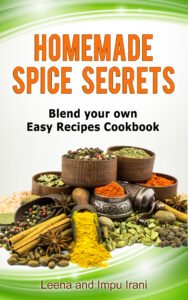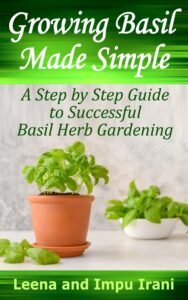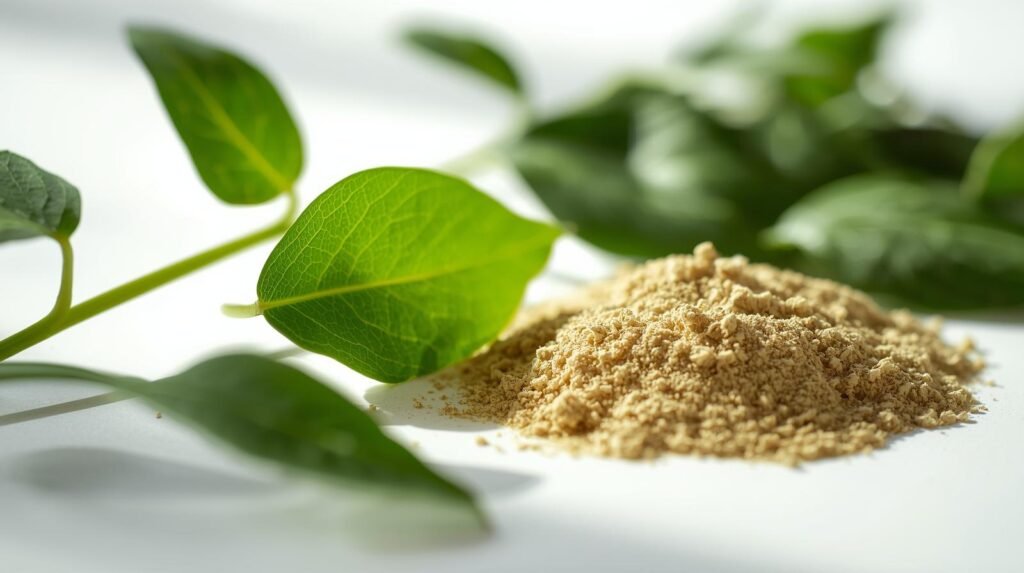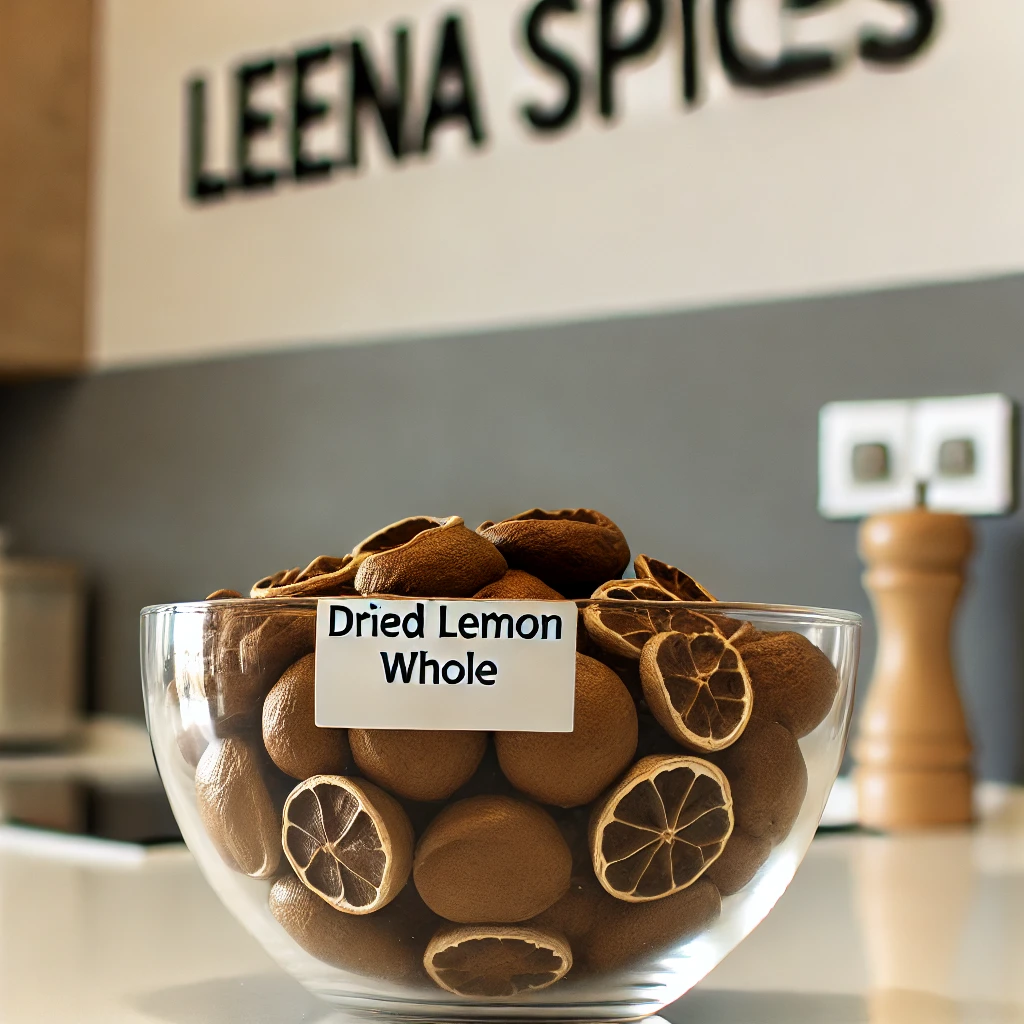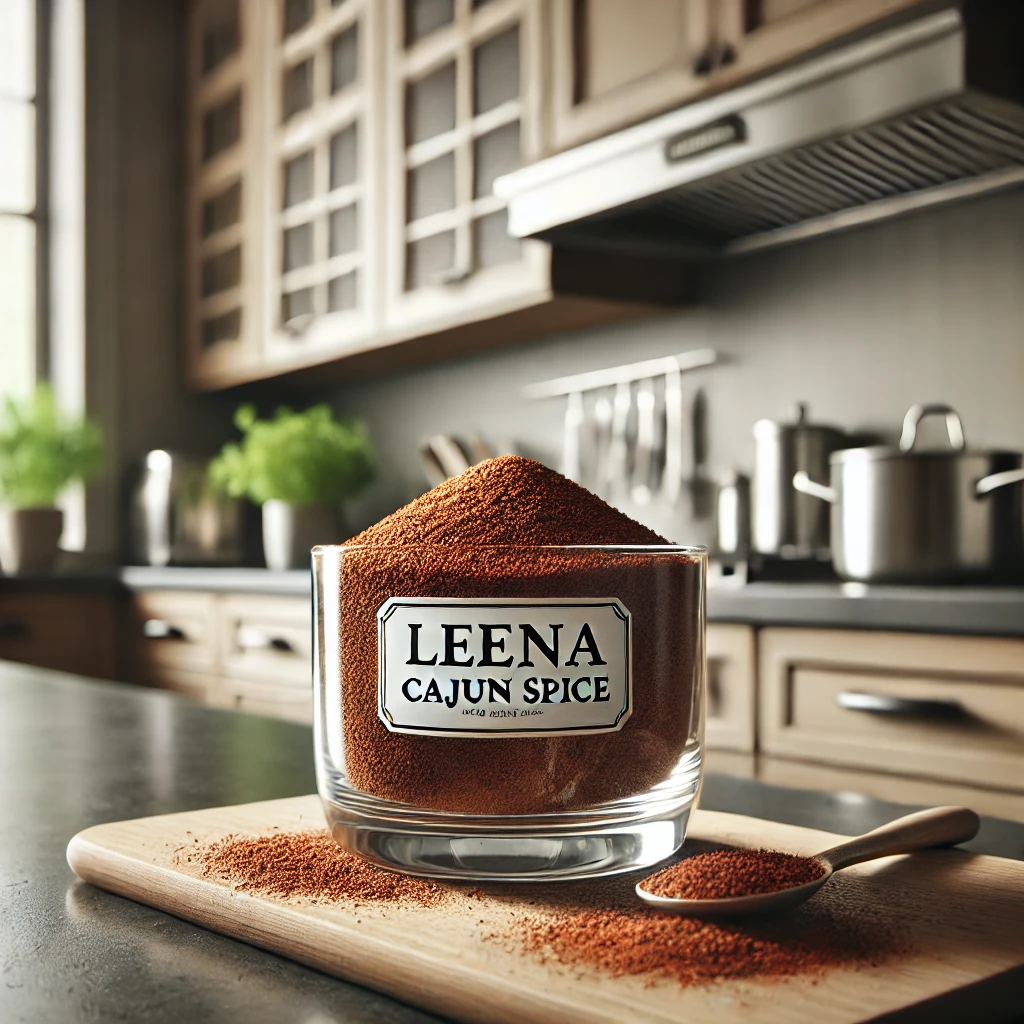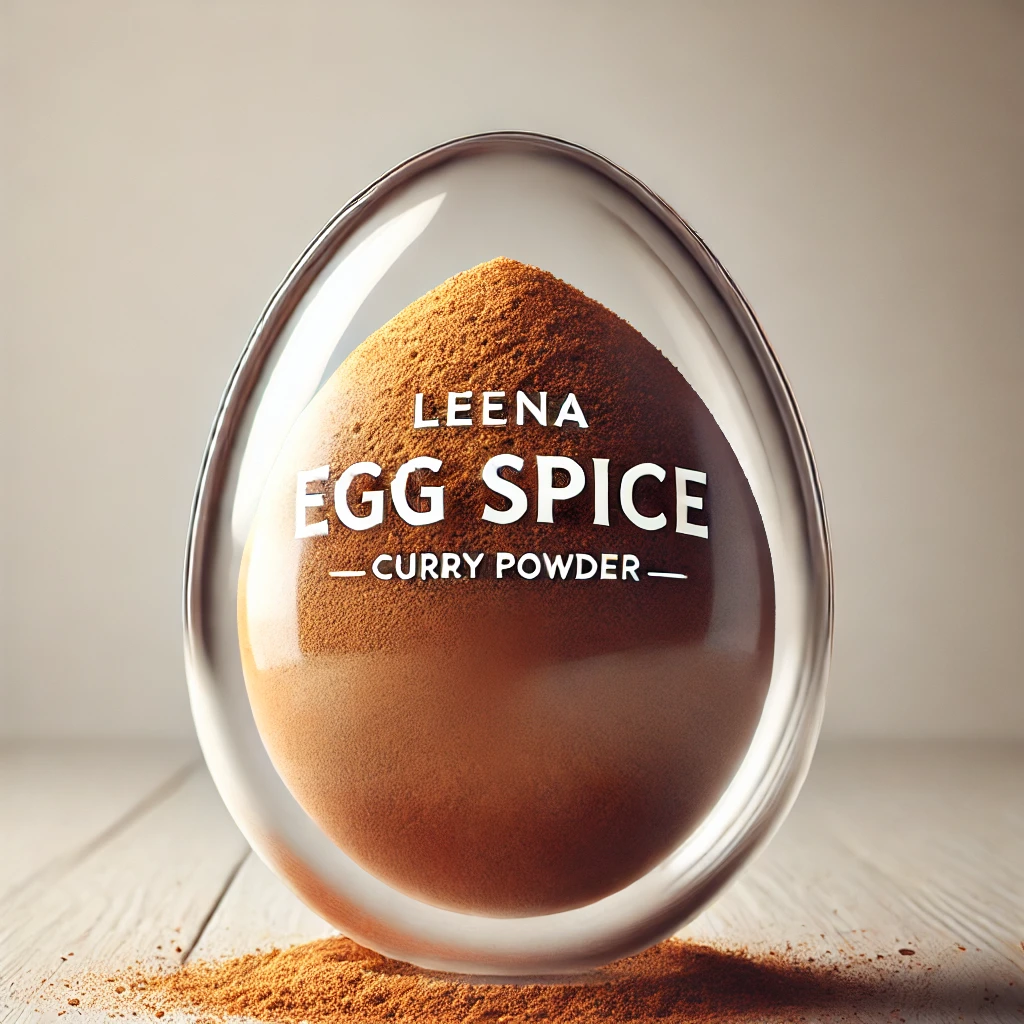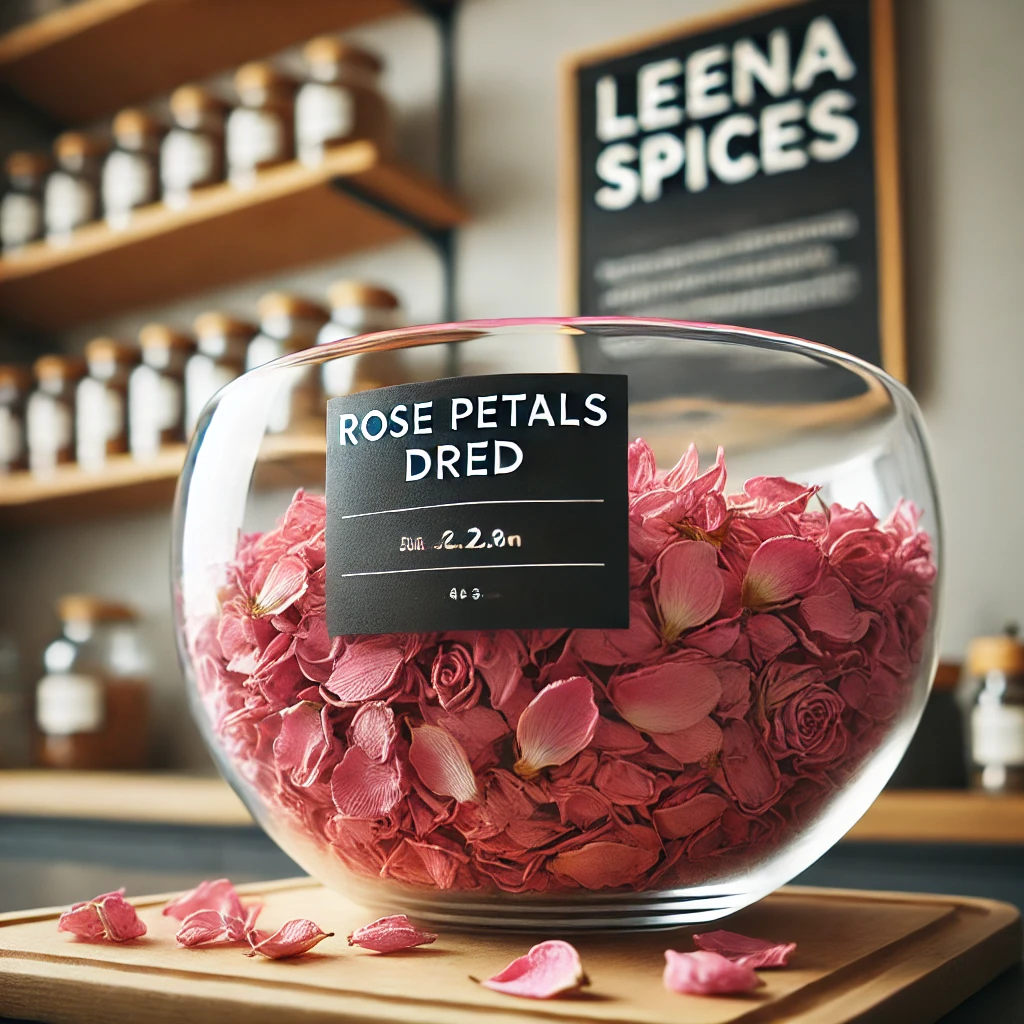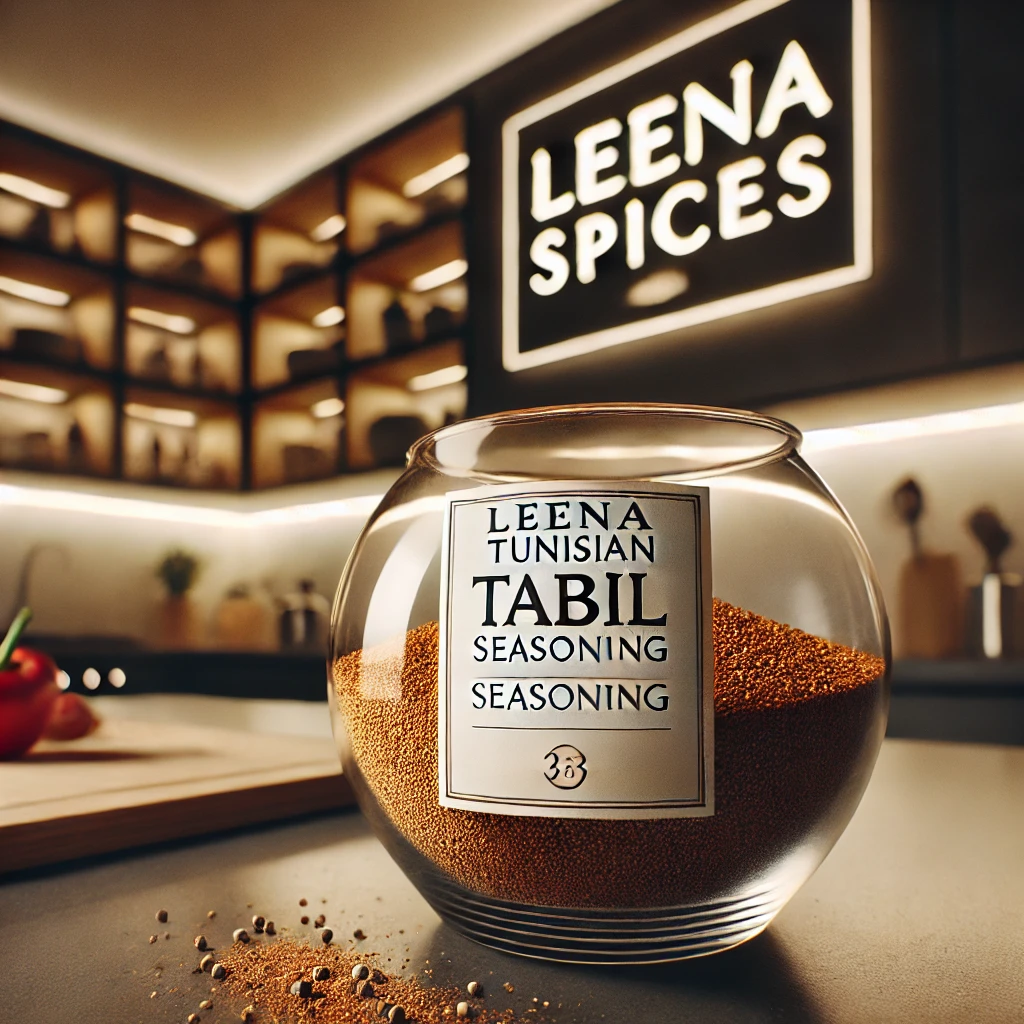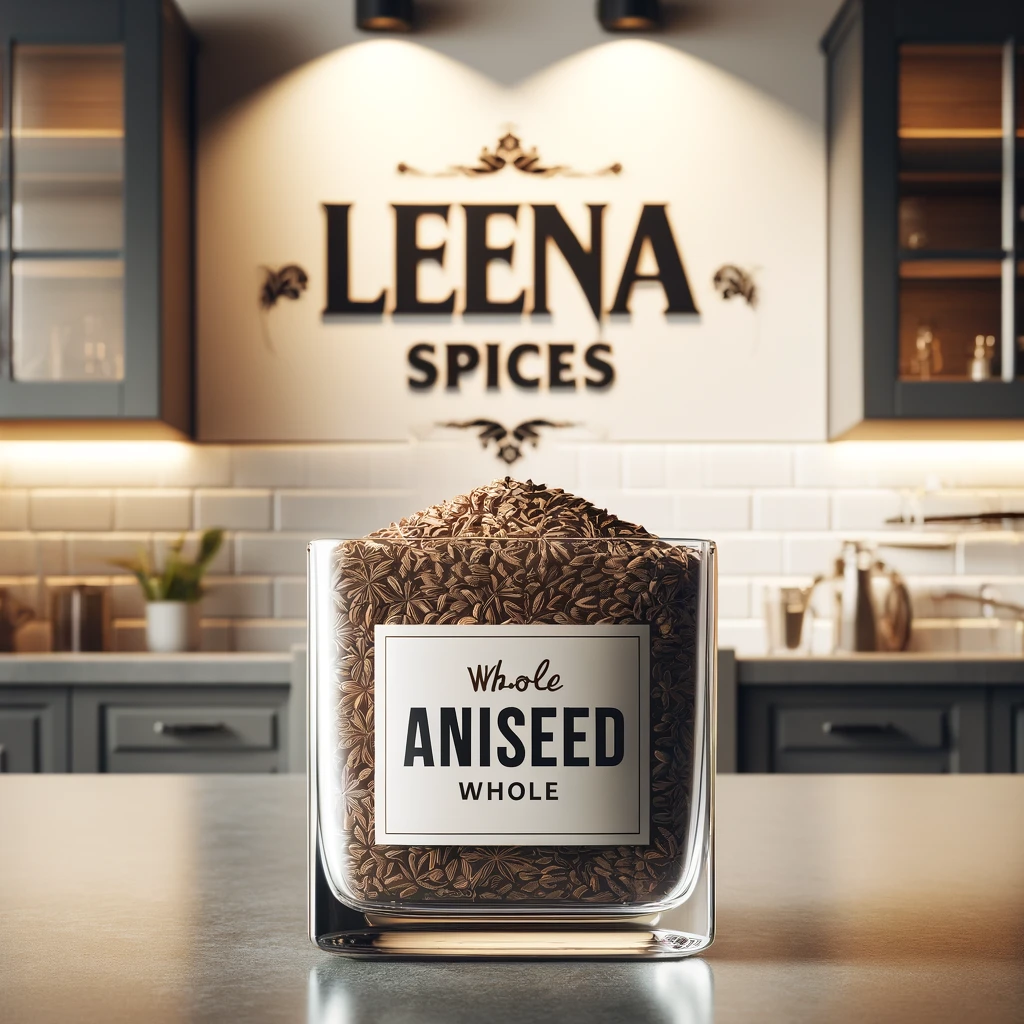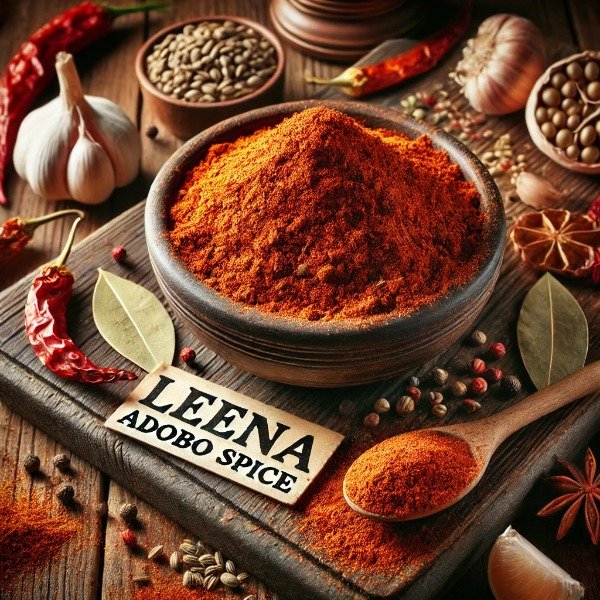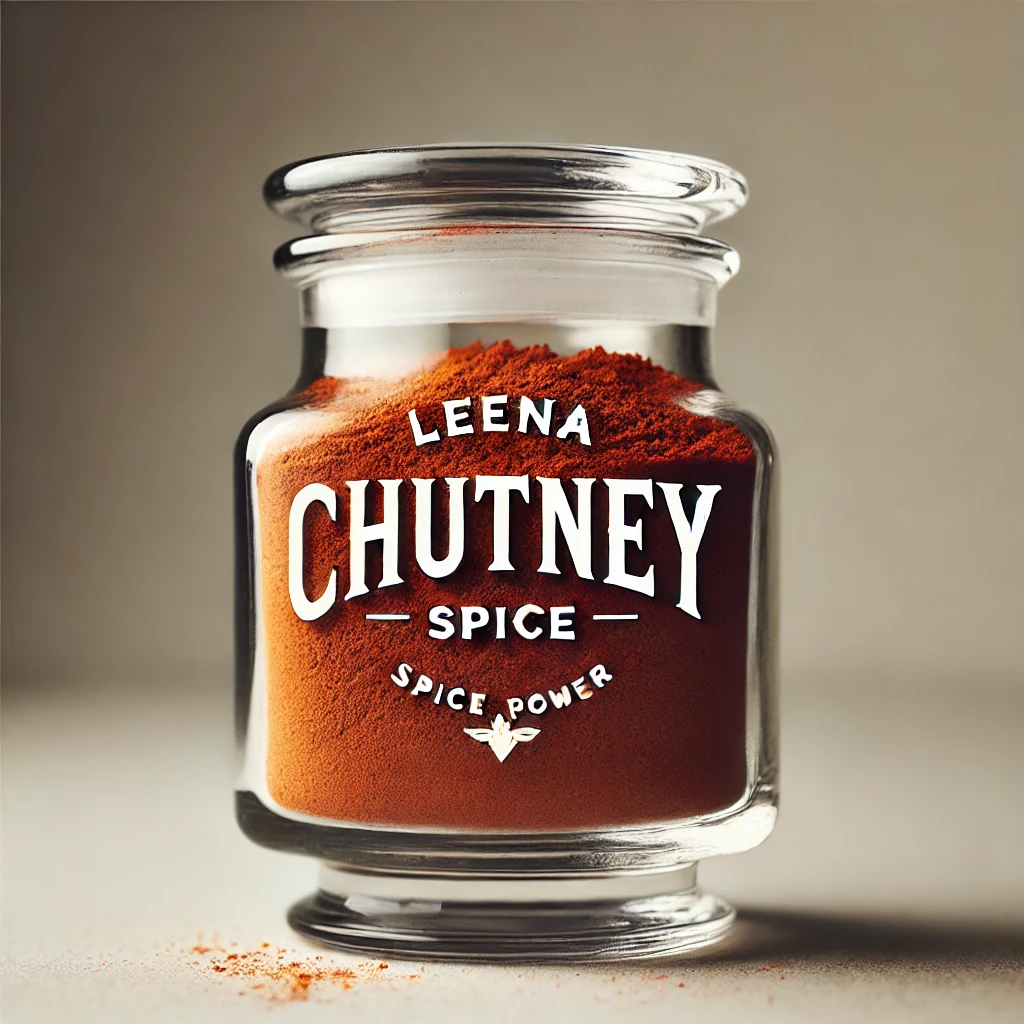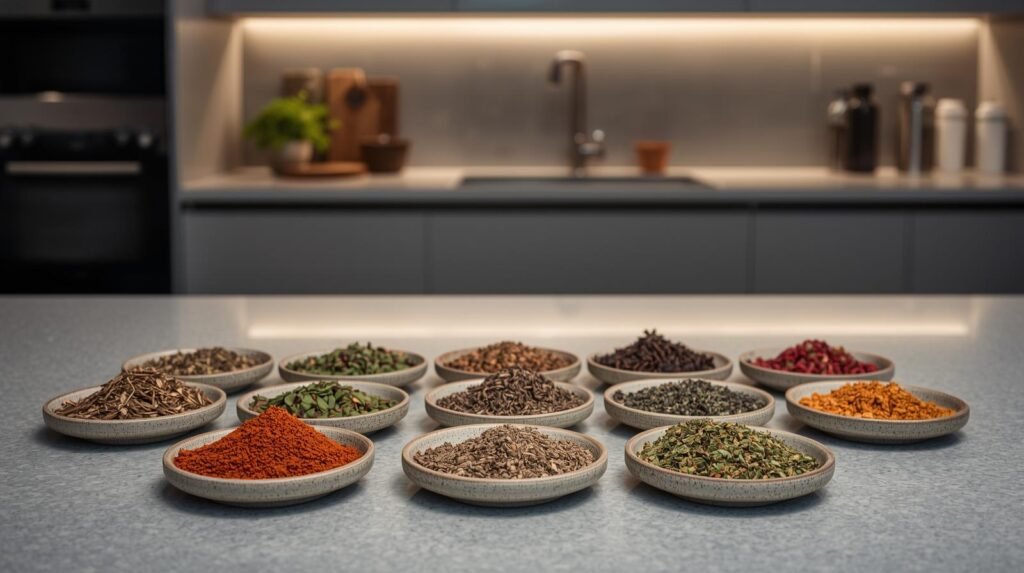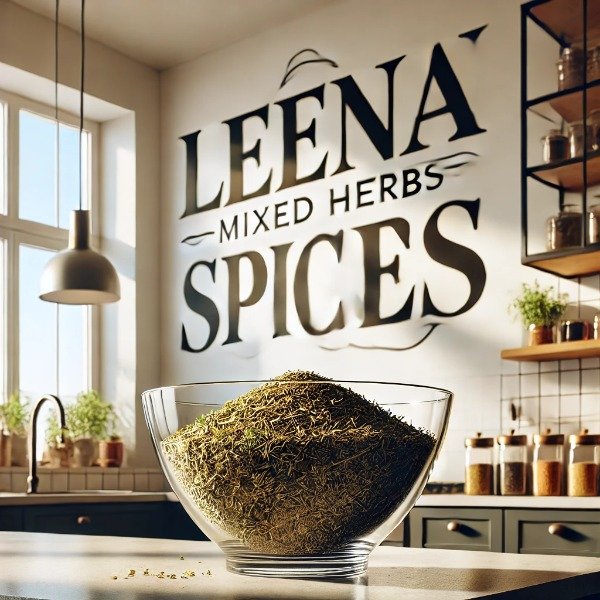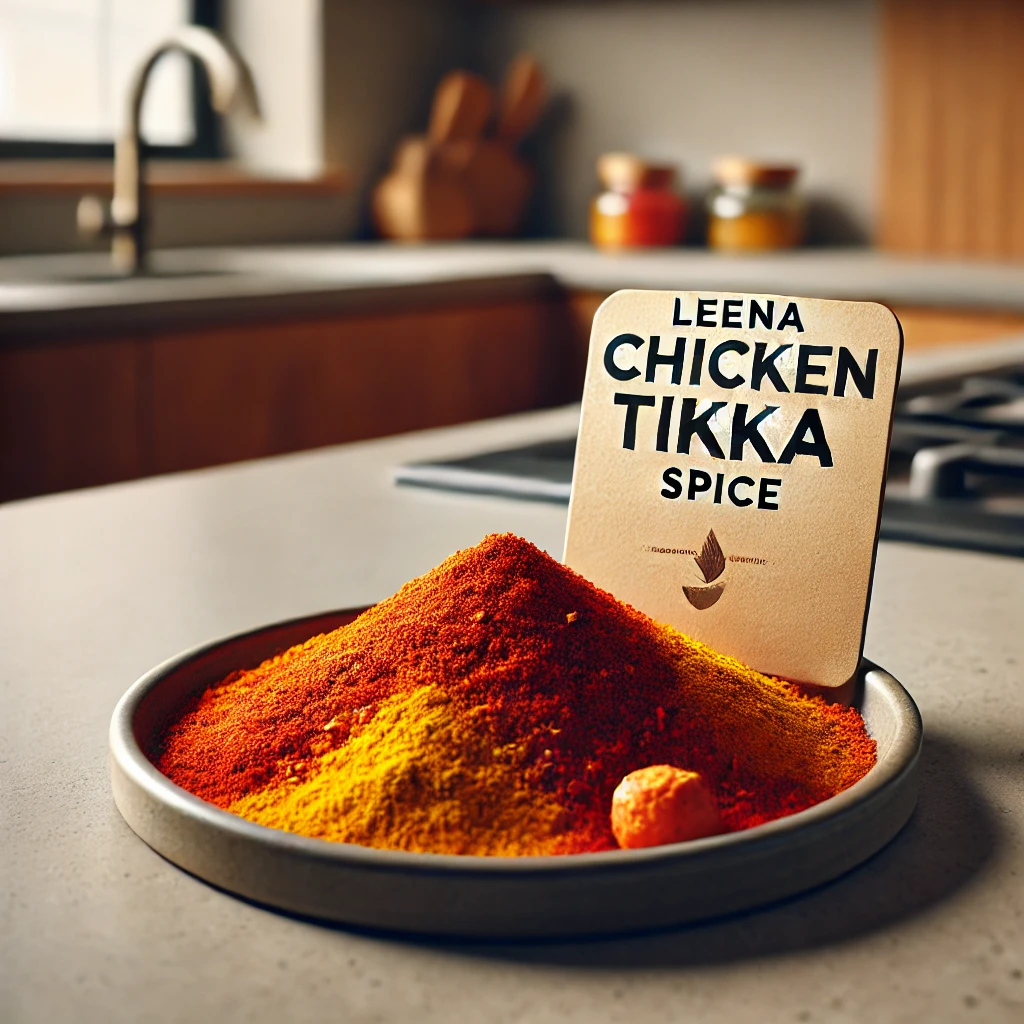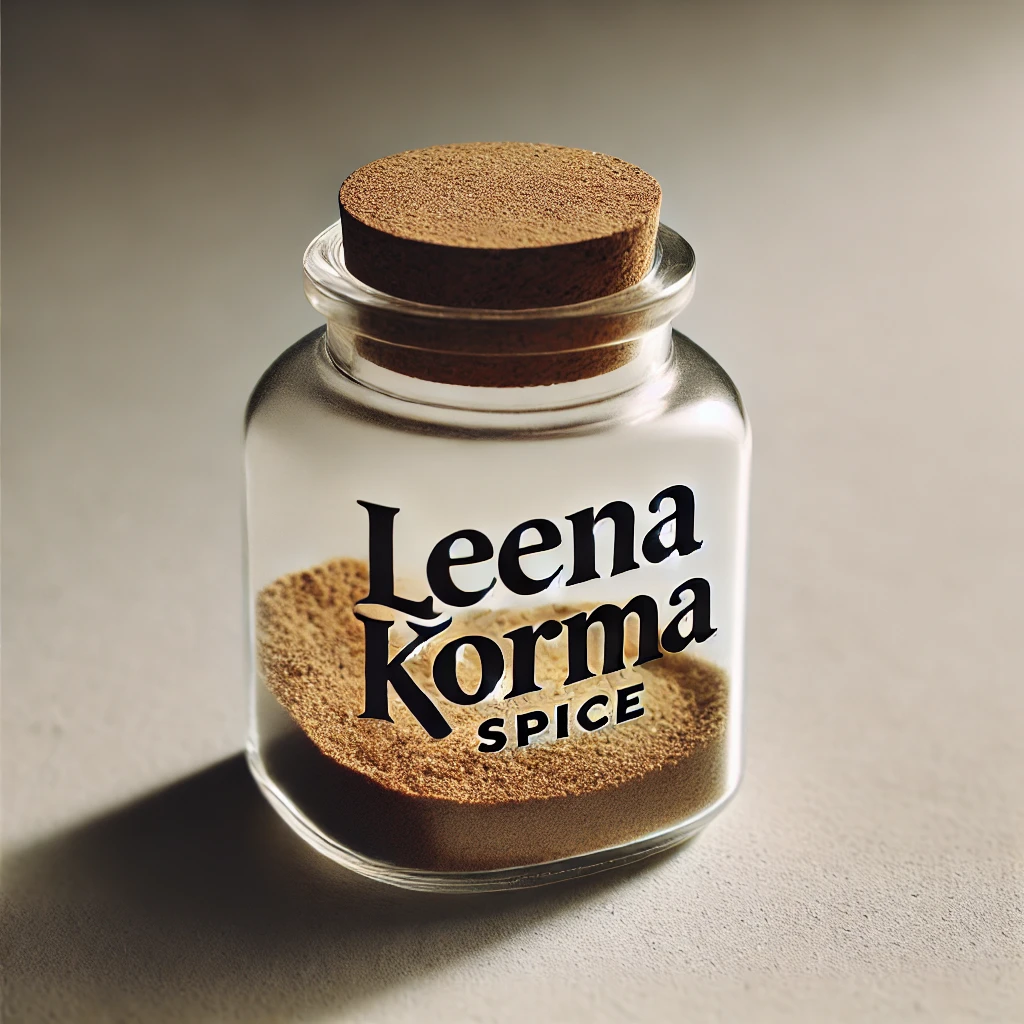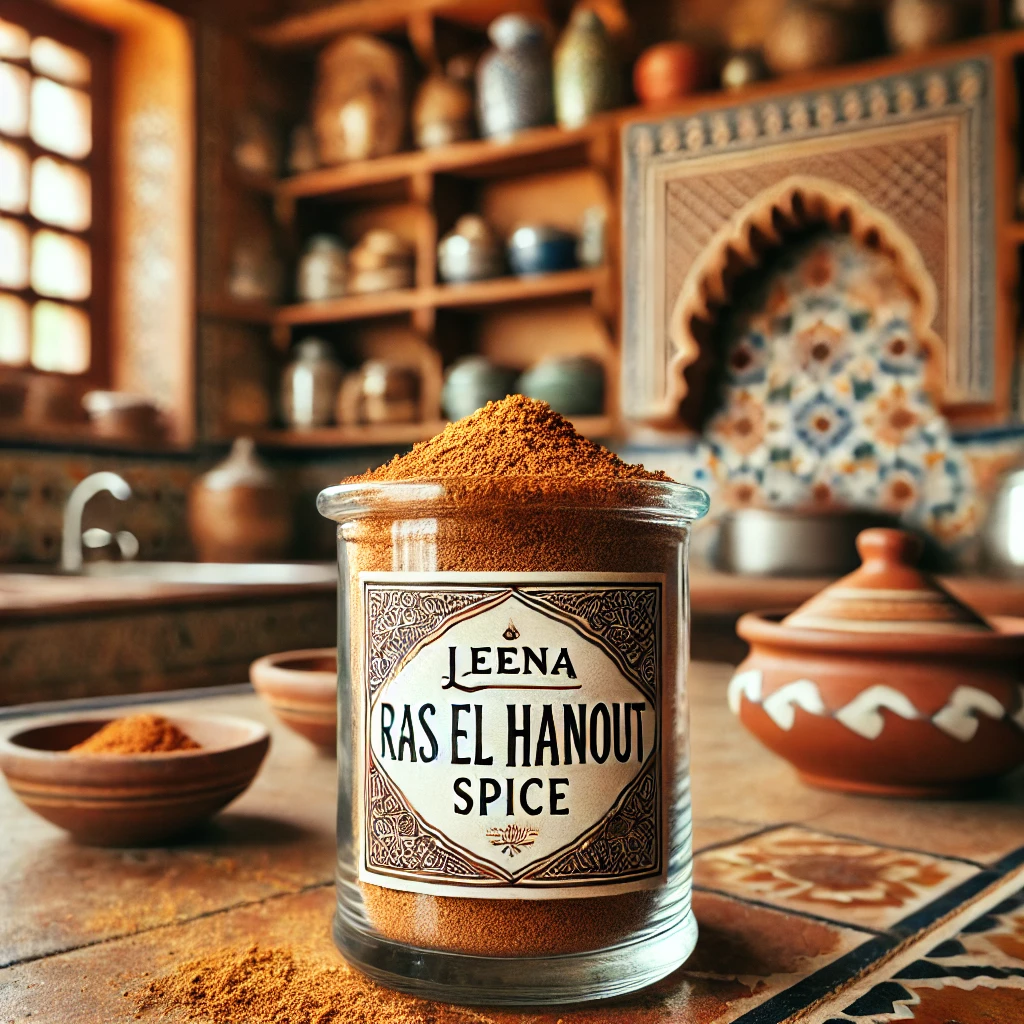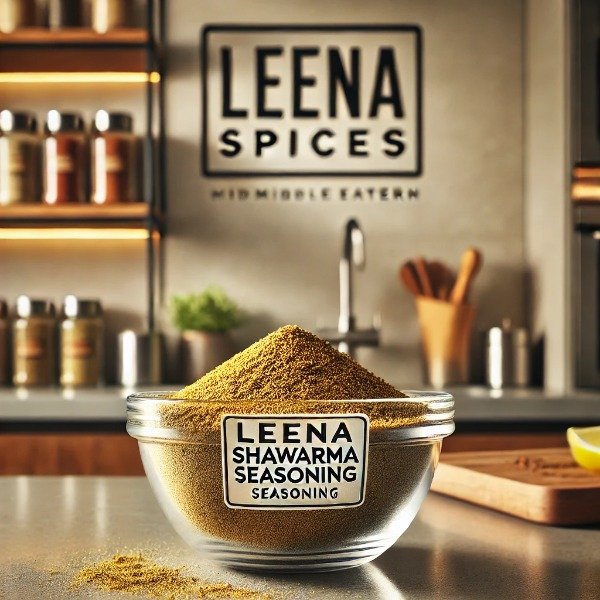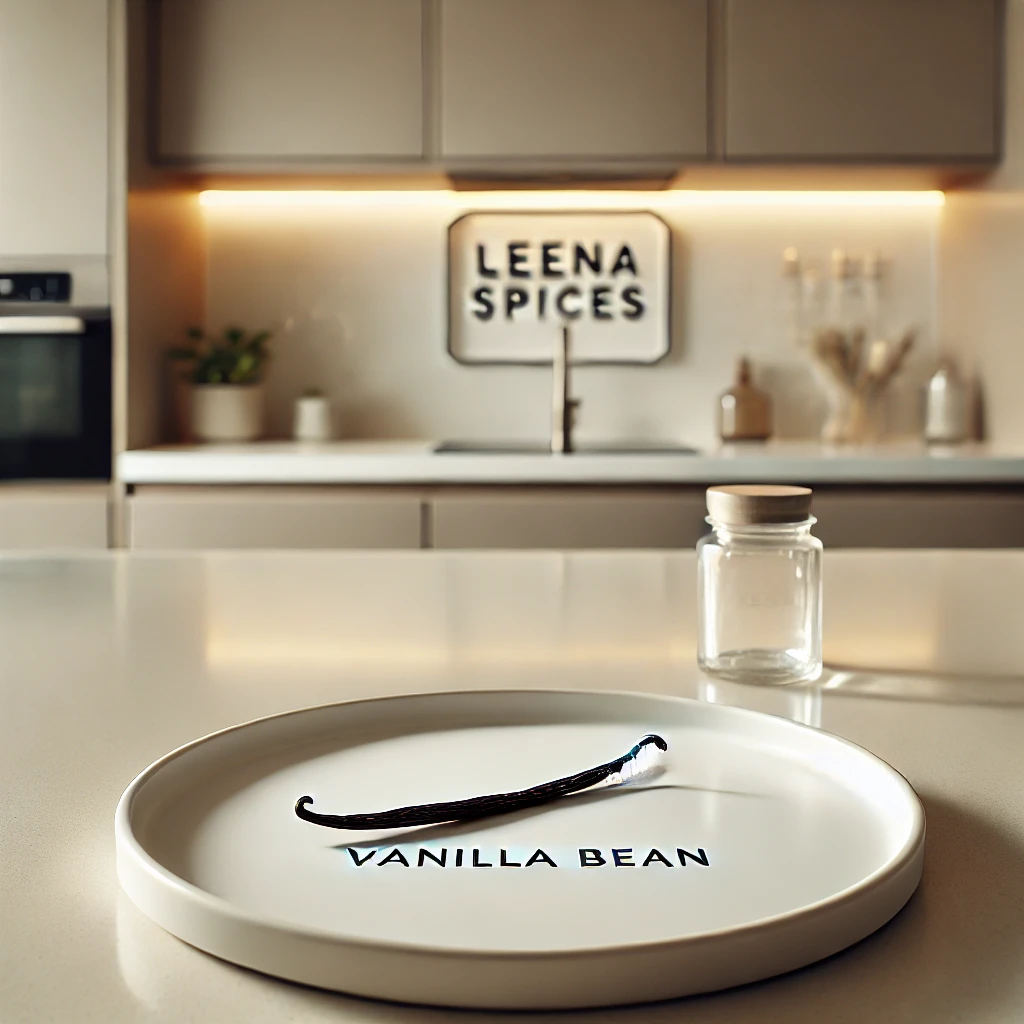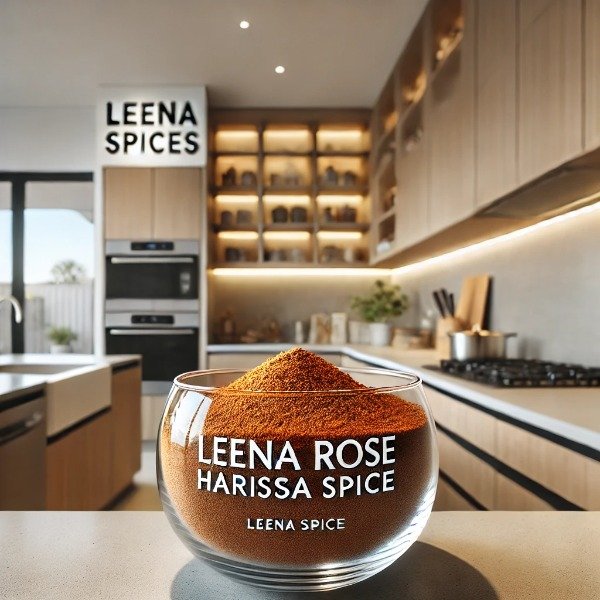7 Irresistible Daal Secrets for Beginners: Easy Lentil Soup Recipes, Homemade Masala Tadka Tips
Table of Contents
- Introduction to Daal
- Types of Lentils for Daal
- Top Spices Used in Daal
- Making Your Own Daal Spice Blend
- Cooking Red Lentil Daal Soup
- Variations to Try
- Blooming Spices for Maximum Flavor
- Tadka / Tarka: The Finishing Touch
- Key Takeaways for Beginners
- FAQs Section
Key Takeaways
How do you thicken lentil soup naturally?
Cook the lentils until soft and mash a portion of them. You can also add pureed vegetables like pumpkin or carrot to create a naturally creamy texture without cream or flour.
What’s the secret ingredient in lentil daal soup?
The tadka or spice tempering is the secret. Blooming spices like cumin, mustard seeds, curry leaves, and garlic in hot oil or ghee and adding them at the end elevates the flavor and aroma.
Should you soak lentils before making daal?
Most split lentils (red, yellow, moong) don’t require soaking, as they cook quickly. Soaking is optional for firmer lentils like chana dal or whole lentils to reduce cooking time and improve digestibility.
Can you freeze lentil soup with spices?
Yes! Lentil daal freezes well. For best flavor, add fresh tadka after reheating, rather than freezing it with the soup.
How do you stop lentils from tasting earthy or bitter?
Rinse lentils thoroughly, remove any debris, cook them properly, and use bloomed spices to balance the flavor. A splash of lemon juice at the end brightens the taste.
What are the best herbs for lentil soup?
Fresh cilantro (coriander leaves) is classic, but you can also use parsley, mint, or curry leaves depending on the flavor profile you want.
What goes well with daal?
Serve daal with steamed rice, naan, roti, or flatbread. It also pairs well with pickles, yogurt, or a side of sautéed vegetables.
Is lentil soup healthy for everyday eating?
Absolutely! Lentils are rich in protein, fiber, iron, and essential nutrients, making daal a nutritious, filling, and heart-healthy meal suitable for vegetarians and omnivores alike.
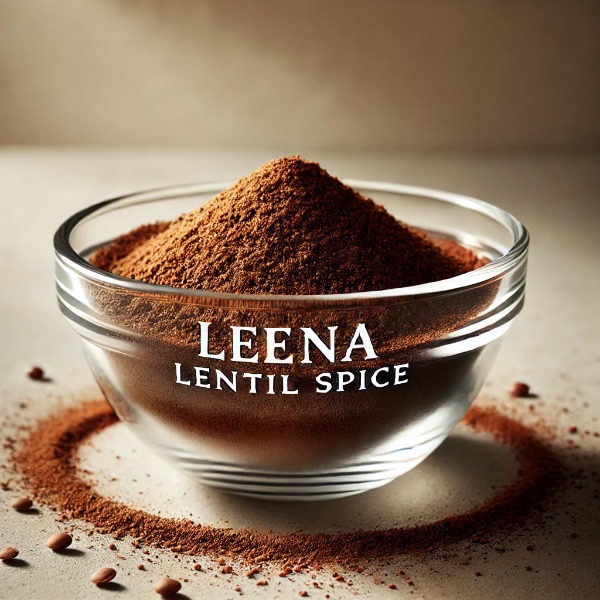
What is Daal? Understanding Dal, Daal, and Dahl
Daal also spelled dal, dahl, or dhal is one of the most beloved and essential dishes in South Asian cuisine. The term itself has two meanings: it refers both to the split pulses (like lentils, peas, or beans) and to the comforting stew or soup made from them.
The word daal comes from the Sanskrit root meaning “to split,” which perfectly describes how the pulses are prepared, dried and split to cook quickly without the need for soaking. These humble ingredients are the foundation of countless recipes across India, Pakistan, Bangladesh, Nepal, and Sri Lanka.
When cooked, daal becomes a warm, nourishing dish often simmered with spices such as turmeric, cumin, coriander, and mustard seeds, and finished with a fragrant tadka—a drizzle of spiced oil or ghee infused with garlic, chili, or curry leaves. The result is a flavorful, protein-rich meal that pairs beautifully with steamed rice or Indian breads like roti or naan.
Beyond its simplicity, daal’s versatility is what makes it special. It can be thick and hearty like a stew or light and soupy for comfort on a cold day. Each region of South Asia has its own unique twist. Some add coconut milk, others tomatoes or spinach, turning this basic dish into a rich expression of local taste and tradition.
For vegetarians and non-vegetarians alike, lentil daal is a wholesome, satisfying option. It’s not just food—it’s comfort, culture, and nourishment in a single bowl.
What Kind of Lentils Are Best for Daal Soup?
The type of lentils you choose for daal soup can completely change its texture, flavor, and cooking time. Different varieties offer different experiences. Some create a smooth, creamy soup, while others add body and a bit of bite. Here are the most common types of lentils used in traditional daal soups and how each one stands out:
1. Red Lentils (Masoor Dal)
These are the go-to lentils for quick, creamy daal soups. They cook in about 20 minutes, break down easily, and create a naturally thick, velvety texture without needing to be blended. Their mild, earthy flavor makes them perfect for both beginners and busy cooks.
2. Split Pigeon Peas (Toor Dal or Arhar Dal)
Toor dal is one of the most common lentils used in everyday Indian cooking. It has a subtle nutty taste and a slightly thicker texture than red lentils. It takes a little longer to cook, by about 30 to 40 minutes, but produces a hearty, satisfying daal that pairs beautifully with rice or roti.
3. Yellow Lentils (Moong Dal)
Made from split yellow mung beans, moong dal is light, gentle on the stomach, and easy to digest. It cooks quickly, forming a soft yet slightly structured consistency. This type of daal is ideal when you want something mild, soothing, and nourishing.
4. Split Chickpeas (Chana Dal)
Chana dal is rich, slightly sweet, and holds its shape even after cooking. It takes longer—around 45 to 50 minutes—but gives the daal a thicker, more textured feel. It’s great for those who enjoy a chunkier soup with more bite.
5. Black Lentils (Urad Dal)
Used in iconic dishes like Dal Makhani, urad dal has a deep, earthy flavor and creates a rich, creamy consistency when slow-cooked with butter or ghee. It’s perfect for indulgent, restaurant-style daals.
Best Lentil for Beginners:
If you’re new to making daal soup, start with red lentils (masoor dal). They cook quickly, are forgiving even if slightly overcooked, and deliver a smooth, comforting soup every time.
What are the top spices used to make the best lentil daal soup?
1. Turmeric (Haldi)
Turmeric gives daal its signature golden color and earthy depth. It has a slightly bitter, warm flavor that enhances the natural taste of lentils. Beyond its flavor, turmeric is also known for its anti-inflammatory and healing properties, making it a staple in most Indian kitchens. Use: 1–2 teaspoons per pot of daal.2. Cumin (Jeera)
Cumin adds a warm, nutty, and slightly smoky flavor that forms the base of many daal recipes. You can use it both ways—whole seeds for tempering in hot oil or ground cumin for adding depth to the simmering lentils. Use: 2–3 teaspoons ground, or 1 tablespoon whole seeds for tempering.3. Coriander (Dhania)
Coriander brings a fresh, citrusy sweetness that balances out the richness of other spices. It rounds off the flavor profile beautifully, making the daal taste bright and complete. Use: 2–3 teaspoons ground coriander.4. Garam Masala
Garam masala is a blend of warming spices—typically cardamom, cinnamon, cloves, nutmeg, and black pepper. It adds depth, aroma, and complexity to the finished dish. Always add it near the end of cooking to preserve its fragrance. Use: 1–2 teaspoons.5. Chilli Powder or Kashmiri Chilli
For a gentle kick, chilli powder is key. Kashmiri chilli is especially popular—it lends a beautiful red hue without overpowering heat. You can adjust the amount based on how spicy you like your soup. Use: ¼–1 teaspoon, to taste.6. Asafoetida (Hing) (Optional but Authentic)
Asafoetida has a sharp, pungent aroma when raw but transforms into a mellow onion-garlic flavor when sautéed in oil. It’s traditionally added to aid digestion and to complement lentils beautifully. Use: Just a pinch (about ⅛ teaspoon).7. Ginger and Garlic Powder
These two add comforting warmth and a savory foundation to your daal. Fresh versions can also be used for a stronger aroma, but powders are convenient and blend smoothly. Use: ½–1 teaspoon each.8. Cinnamon and Cloves
Used sparingly, these spices give daal a subtle sweetness and aromatic depth. They are often part of garam masala but can also be added individually for extra warmth and flavor. Use: 1 small stick of cinnamon or 2–3 cloves per pot.9. Nutmeg and Mace
Both are used in very small amounts to enhance the daal’s aroma. Nutmeg brings a soft sweetness, while mace adds a slightly floral, peppery edge. Use: A small pinch of each.10. Fresh Cilantro (Coriander Leaves)
Cilantro isn’t cooked into the daal—it’s sprinkled on top just before serving. It adds freshness, color, and a final burst of flavor that brightens the dish. Use: A handful of chopped cilantro as garnish.In short: If you’re looking for the essential core of a flavorful daal soup, start with turmeric, cumin, coriander, garam masala, and chilli powder. Then, add extras like asafoetida, ginger, garlic, and cilantro to bring it to life.How do I make daal spice blend at home?
Creating your own daal spice blend at home is one of the best ways to elevate your lentil soup. Unlike store-bought mixes, a homemade blend lets you control freshness, balance flavors, and skip unnecessary fillers or additives. This aromatic combination of classic Indian spices brings warmth, depth, and a touch of earthiness to any lentil-based dish.
Here’s a simple and authentic recipe for a versatile daal masala blend that you can use in soups, stews, or curries.
Ingredients
- Asafoetida (Hing) – 2 g
Adds a subtle onion-garlic aroma and aids digestion. - Cilantro (Coriander Leaves, dried or seeds) – 2 g
Adds a gentle herbal freshness. - Cinnamon – 2 g
Provides warmth and a hint of sweetness. - Cloves – 2 g
Contributes a rich, spicy aroma that deepens the flavor. - Coriander Seeds (Dhania) – 20 g
Forms the base flavor with a citrusy, slightly sweet note. - Cumin Seeds (Jeera) – 20 g
Gives an earthy, nutty undertone that ties all flavors together. - Garam Masala – 20 g
A blend of warming spices like cardamom, black pepper, and nutmeg for complex depth. - Garlic Powder – 10 g
Adds savory flavor and aroma. - Ginger Powder – 8 g
Brings gentle heat and balance to the blend. - Mace – 2 g
Adds a soft, floral warmth that enhances the spice bouquet. - Nutmeg – 2 g
Sweet-spicy aroma that rounds off the blend. - Turmeric (Haldi) – 10 g
Adds color, earthy flavor, and health benefits.
Instructions
- Toast the Whole Spices:
In a dry pan over low heat, lightly toast the cumin, coriander, cinnamon, and cloves for 2–3 minutes until aromatic. Stir constantly to prevent burning. This step enhances their natural oils and intensifies flavor. - Cool and Grind:
Once cooled, transfer the toasted spices to a spice grinder or mortar and pestle. Grind into a fine powder. - Mix Everything Together:
Add the remaining ground spices — turmeric, ginger powder, garlic powder, garam masala, asafoetida, mace, nutmeg, and dried cilantro — and combine well. - Store Properly:
Transfer the blend to an airtight glass jar. Store in a cool, dark place away from moisture and sunlight. Properly stored, your daal masala will stay fresh for up to 6 months.
Buy Lentil Soup Spice Blend From Amazon
How to Make Red Lentil Daal Soup Recipe
Ingredients for Mixed Lentil Daal Soup
To make a flavorful and wholesome daal soup, you’ll need a mix of yellow and orange lentils. This combination gives the soup a perfect balance of texture, color, and taste.
You’ll need:
- ½ cup yellow lentils (moong dal or toor dal) – adds body and a mild, nutty flavor
- ½ cup orange lentils (masoor dal) – cooks quickly and gives the daal a creamy texture
- 1 medium onion, finely chopped – builds the savory base
- 1 tomato, chopped (or 1 teaspoon tomato puree) – adds tang and color
- ¼ teaspoon cumin seeds – for tempering and aroma
- 3 tablespoons oil or ghee – to sauté and enhance richness
- 1 teaspoon Lentil Masala (or homemade daal spice blend) – the heart of flavor
- 3 cups water – adjust for desired consistency
- 1 teaspoon lemon juice (optional) – for a refreshing, tangy finish
- Fresh cilantro (coriander leaves) for garnish
Instructions
Step 1: Prepare the Lentils
Rinse the red lentils thoroughly under running water until it runs clear. This removes excess starch and prevents the soup from becoming too thick.
Step 2: Cook the Lentils
In a medium saucepan, combine the washed lentils, 2 cups of water, and salt. Bring to a boil, then reduce the heat and simmer for 10–15 minutes until the lentils are soft and slightly mushy. You can add more water if needed to reach your desired consistency.
Step 3: Make the Tempering (Tadka)
In a separate frying pan, heat oil or ghee over medium heat. Add the cumin seeds and let them sizzle until they turn brown and aromatic.
Step 4: Add Onions and Spices
Add the chopped onions and sauté until golden brown. Stir in the chopped tomatoes and cook until soft and the oil begins to separate from the mixture. Add 1 teaspoon of your daal spice blend, mix well, and let it cook for another minute to release all the flavors.
Step 5: Combine and Simmer
Pour this spiced onion-tomato mixture into the cooked lentils. Stir well and simmer the daal for about 10 minutes so the flavors blend beautifully. If it becomes too thick, add a splash of hot water to adjust the texture.
Step 6: Finish and Serve
Turn off the heat, add lemon juice for brightness, and give it one final stir. Garnish with freshly chopped cilantro.
Serve your red lentil daal soup hot with steamed rice, naan, or flatbread.
Daal Variations to Try
- Spinach Daal
- Stir in 2 cups of fresh or frozen spinach during the last 5 minutes of cooking.
- Adds vibrant color, extra nutrients, and a subtle earthy flavor.
- Coconut Daal
- Replace 1 cup of water with coconut milk for a richer, creamier daal.
- The mild sweetness of coconut balances the spices beautifully.
- Pumpkin or Kumara Daal
- Add 1 cup diced pumpkin or kumara when you start cooking the lentils.
- Creates a naturally sweet, hearty texture — a perfect Kiwi twist!
- Slow Cooker Daal
- Combine all ingredients (except tadka) in a slow cooker and cook on low for 4–6 hours.
- Prepare the tadka separately and pour it over the daal just before serving for maximum aroma.
What is “Blooming the Spices” and Why is it Important for Lentil Daal?
“Blooming the spices” is a fundamental technique in Indian cooking, often called tadka (or chaunk, baghaar, phodni in various regional languages). It involves briefly heating whole or ground spices in hot oil or ghee to release their essential oils, intensify their flavors, and transform their aroma.
In the context of lentil daal, this step is absolutely essential for turning simple boiled lentils into a rich, aromatic, and restaurant-quality dish.
How Blooming Spices Works
Many spices contain fat-soluble aromatic compounds locked in their essential oils. Heating the spices in oil or ghee:
- Releases Maximum Flavor: The oil draws out the spice oils, making their aroma and taste up to 10 times more intense than if boiled directly with the lentils.
- Distributes Flavor Evenly: The spiced oil coats the lentils and other ingredients, ensuring that every spoonful is flavorful.
- Transforms Taste: Blooming changes the spices from raw, sharp notes to a warmer, nuttier, and more complex flavor. For example, cumin becomes earthy and mellow, turmeric adds depth, and mustard seeds pop with a subtle nutty crunch.
Why Blooming is Important for Lentil Daal
- Enhances Flavor: Intensifies spice flavors, making the daal rich and layered.
- Improves Aroma: Releases volatile compounds, giving the soup a warm, inviting fragrance.
- Ensures Even Seasoning: Infuses the oil, which coats the lentils evenly for consistent taste.
- Adds the Finishing Touch: When done at the end as a tadka, the sizzling, fragrant oil poured over the daal creates a vibrant aroma, a glossy surface, and a final depth of flavor.
Without blooming, daal can taste flat or underwhelming, as the spices won’t reach their full potential. This simple technique is often the difference between ordinary lentils and an aromatic, restaurant-quality daal.
What is Tadka (or Tarka)?
Tadka, also spelled tarka, is a classic Indian cooking technique, often referred to as tempering. It involves briefly frying whole or ground spices in hot oil or ghee (clarified butter) to release their essential oils, aromas, and flavors. This spiced oil is then added to a dish—like lentil daal—either at the start of cooking or as a finishing touch, instantly elevating the flavor.
This method is widely used across India, Pakistan, Bangladesh, and Sri Lanka, with regional names like chaunk or baghar, but the core idea remains the same: infusing fat with aromatic spices to transform a dish.
Key Elements of Tadka
- Fat Base:
- Typically ghee for richness or neutral oils like vegetable or mustard oil.
- Spices and Aromatics:
- Whole spices such as cumin seeds, mustard seeds, dried red chilies, or curry leaves.
- Optional aromatics like asafoetida (hing), chopped garlic, ginger, onions, or tomatoes.
- These are added to the hot fat to “bloom”, releasing their essential oils and intensifying flavor.
How Tadka is Used
Tadka can be applied in two main ways:
- As a Finishing Touch (Most Common for Daal):
- The sizzling spiced oil is poured over cooked lentils just before serving.
- This adds a vibrant aroma, rich flavor, and glossy texture, giving the daal a restaurant-style finish.
- As a Base (Reverse Tadka):
- The spiced oil is prepared at the beginning of cooking, before adding other ingredients.
- This infuses the entire dish with a deep, layered flavor from the start.
Why Tadka Matters for Daal
- Enhances Flavor: Unlocks the full potential of spices.
- Boosts Aroma: Creates the signature warm, inviting scent of Indian lentils.
- Adds Depth and Texture: Provides subtle crunch or pops from mustard seeds, chilies, or cumin.
- Transforms a Simple Dish: Turns boiled lentils into a rich, aromatic, restaurant-quality daal.
When a dish is called Dal Tadka (or Tarka Dal), it specifically refers to lentils finished with this aromatic tempering, making it a classic, flavorful staple of Indian cuisine.
How to Make Tadka (Tarka) for Daal
Tadka, also called tarka, chaunk, or tempering, is the secret that transforms simple daal into a rich, aromatic, restaurant-style dish. It’s a quick, sizzling infusion of spices cooked in hot oil or ghee, poured over the cooked lentils just before serving. The result is intense flavor, inviting aroma, and a glossy, layered finish.
Ingredients for Basic Tadka
- 2 tablespoons ghee or neutral oil
- 1 teaspoon cumin seeds
- 2–3 dried red chilies (optional, for heat)
- 4–5 fresh curry leaves (available at Indian grocers)
- 2 cloves garlic, thinly sliced
- Pinch of asafoetida (hing)
Method
- Heat the Fat:
In a small pan, heat ghee or oil until it shimmers. This is the base for blooming the spices. - Add Whole Spices:
Add cumin seeds first—they should sizzle immediately. Then add dried red chilies and curry leaves. Stand back slightly; they may splutter as their flavors release. - Add Aromatics:
Stir in sliced garlic and cook just until lightly golden. Then add a pinch of asafoetida. - Pour Over the Daal:
Immediately pour the hot, sizzling mixture over your cooked lentils. Stir gently to incorporate the flavors evenly.
Tips for Perfect Tadka
- Use a separate small pan for tadka to control heat and avoid burning the spices.
- Cook spices quickly: Whole spices and aromatics should just bloom, not fry too long.
- Add ground spices last: Red chili powder or turmeric can burn easily, so add them after turning off the heat if needed.
- Enjoy the sizzle: The sound of sizzling spices is a sign that your daal is about to be flavorful and aromatic!
This simple step of tempering spices elevates the daal, giving it layers of aroma, richness, and depth that make it a comforting, unforgettable dish.
How Long Does a Daal Lentil Spice Blend Last?
Shelf Life by Type of Blend
- Dry Spice Blend (Powdered Spices)
- Includes ground spices like cumin, coriander, turmeric, chili powder, etc.
- Optimal flavor: 6–12 months
- Safe to consume: Up to 1–3 years, though the aroma and intensity may fade
- Tip: Blends containing whole spices (cumin seeds, cloves, cinnamon) can retain flavor for up to 3–4 years
- Premixed Daal & Spice Blend
- Some blends combine lentils with spices for quick cooking.
- Optimal flavor: 6–12 months
- Shelf life depends on: Both the spices and the lentils, which can get harder and take longer to cook as they age
- Pre-Made Tadka Paste (Cooked Spices in Oil/Ghee)
- Fresh tadka made with oil/ghee, garlic, ginger, and spices
- Refrigerated: Up to 4 days
- Frozen (as cubes): Up to 3 months
Tips for Storing Your Spice Blend
- Use an airtight container
- Store in a cool, dark, dry place
- Avoid moisture, heat, and sunlight, which accelerate flavor loss
How to Tell if Your Spice Blend is Still Good
- Smell Test: Rub a pinch between your fingers.
- Result: If the aroma is strong and fragrant, it’s still good.
- Weak or dusty scent: Time to replace the blend.
Quick Reference
| Type of Spice | Optimal Flavor | Notes |
| Whole spices (cumin, mustard seeds) | 2–3 years | Retain potency longer than ground spices |
| Ground spices (turmeric, coriander, chili) | 6–12 months | Lose aroma faster than whole spices |
| Premixed daal & spice blend | 6–12 months | Flavor depends on freshness of ingredients |
| Fresh tadka paste | 4 days (fridge) | Can be frozen up to 3 months |
FAQs
What spices are commonly used in dal?
Common spices include cumin, coriander, turmeric, mustard seeds, red chili, asafoetida (hing), and garam masala. Regional variations may also include curry leaves, cinnamon, cloves, and nutmeg.
How do you make dal masala at home?
Combine ground cumin, coriander, turmeric, garam masala, ginger powder, and garlic powder. You can adjust quantities to taste and store in an airtight container for up to 6–12 months.
What is the best premixed spice for dal?
Look for a balanced dal masala blend containing turmeric, cumin, coriander, and garam masala. High-quality blends use natural spices without fillers or preservatives.
Is garam masala necessary for lentil dal?
Not strictly, but it adds warmth, depth, and complexity. It’s usually added at the end of cooking or in the tadka to enhance aroma.
What spices go in red lentil soup?
Red lentil soup works well with cumin, coriander, turmeric, chili powder, garlic, and optional garam masala. Finish with tadka for a rich, aromatic flavor.
How to add flavor to lentil dal?
Use a combination of properly cooked lentils, homemade dal masala, and blooming spices (tadka). Fresh herbs like cilantro and a squeeze of lemon juice at the end also elevate the taste.
What is tadka in dal and what spices are used?
Tadka is tempering spices in hot oil or ghee. Common tadka spices include cumin seeds, mustard seeds, dried red chilies, garlic, curry leaves, and asafoetida. It’s poured over cooked dal for aroma and flavor.
Can I use curry powder in lentil soup?
Yes, you can, but it will give a different, milder flavor compared to traditional Indian dal masala. For authentic taste, it’s better to use a combination of individual spices.
What are the key ingredients in dal seasoning?
Key ingredients are cumin, coriander, turmeric, chili, garam masala, and sometimes mustard seeds or asafoetida. These spices can be adjusted depending on the type of lentils and personal taste preferences.
